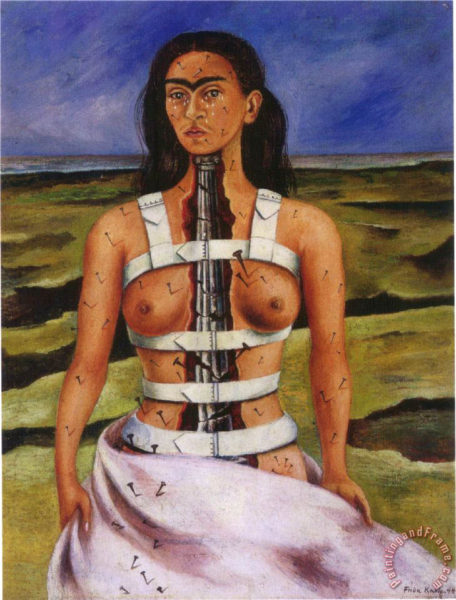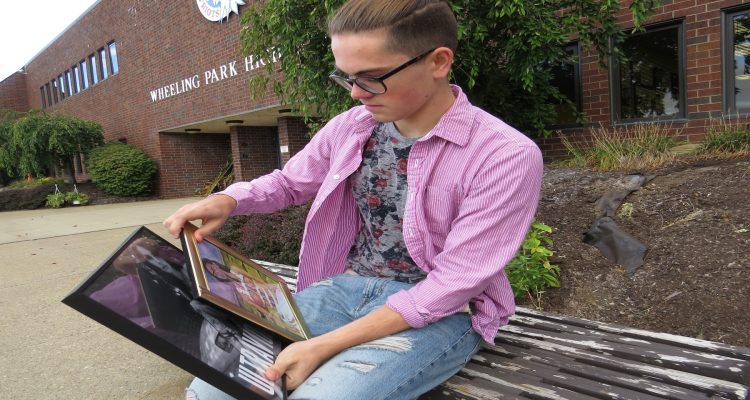Editor’s Note: This is a collection of Wheeling Park High School senior voices about art and beauty and how social perceptions affect young people in the 21st Century.
The seventh track on Lana Del Rey’s 2014 musical MASTERPIECE, Ultraviolence, is grimly titled “Pretty When You Cry.” Fun Fact: the entire song was recorded in one take, a practice that is about as common as an albino peacock in today’s music industry, but I will save that tangent for another day. A Not-So-Fun-Fact: the song depicts her tumultuous relationship with a cold man who regularly abandons her, yet Lana steadfastly waits for him. Despite the deeply sorrowful message, this ballad holds a human authenticity that I can’t help but admire (and by admire, I mean listen to on-repeat for a solid three hours). She reflects a raw beauty amidst her tears that enchants all who listen, particularly me.
Whereas, pain and tragedy understandably carry an acutely negative connotation, I can’t help but find beauty amidst all of the suffering, whether it be aesthetic, symbolic, or personal.

Frida Kahlo was no stranger to tragedy. Nevertheless, her art is saturated with organic, brutal emotion with every brush stroke. She openly admits that her painting “carries with it the message of pain,” and my favorite self portrait of hers is no exception. Columna Rota or “Broken Column” depicts a naked Kahlo, isolated in the middle of a barren desert, with an ionic column for a spine that has shattered to pieces, as countless iron nails pierce her spine, and tears flood her face. Anyone who doesn’t know her story may be disturbed, but I can pick out the symbolism behind every inch it, and it is absolutely beautiful.


